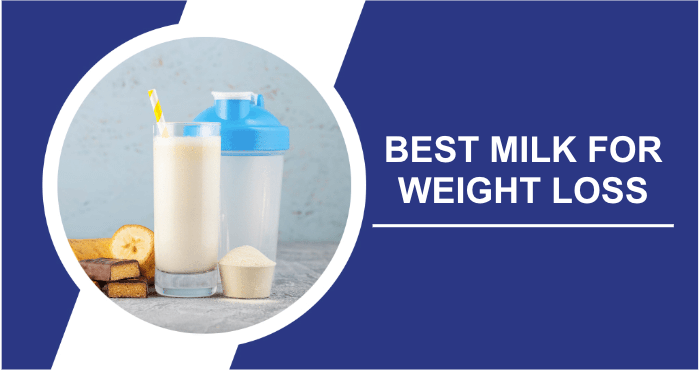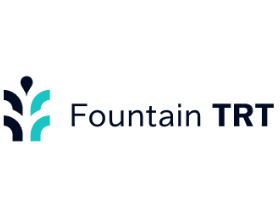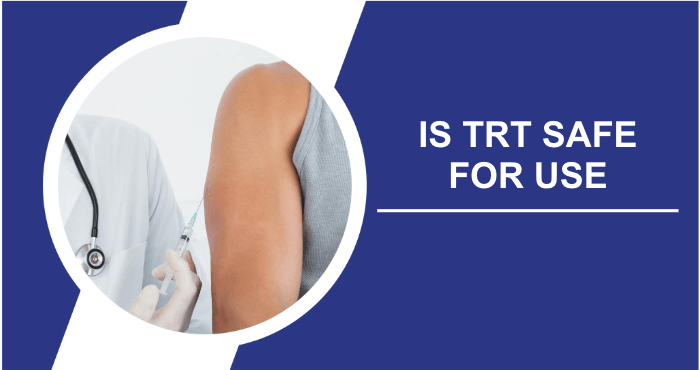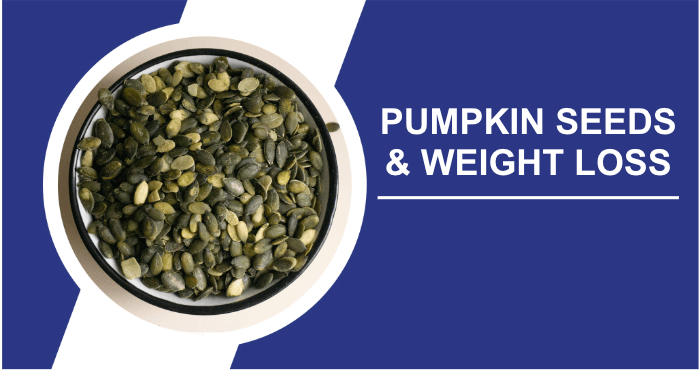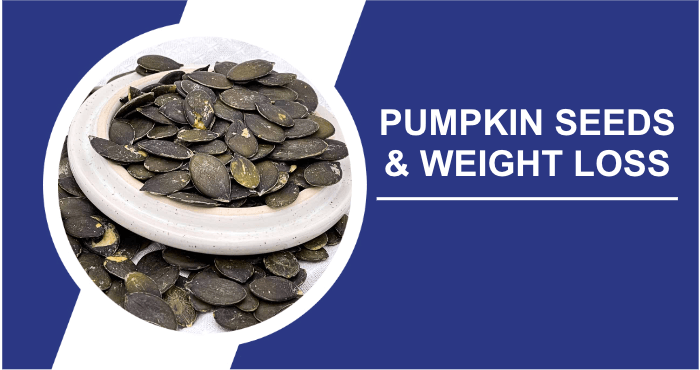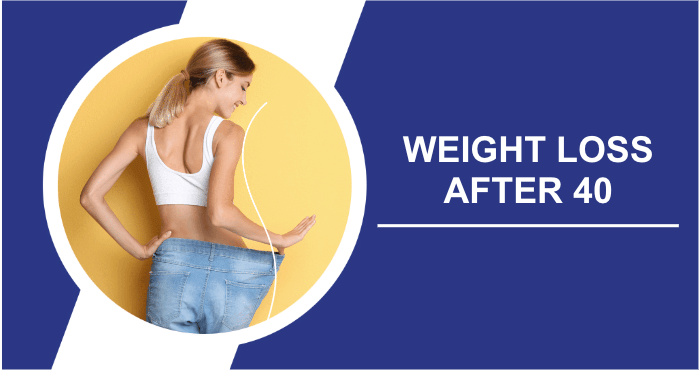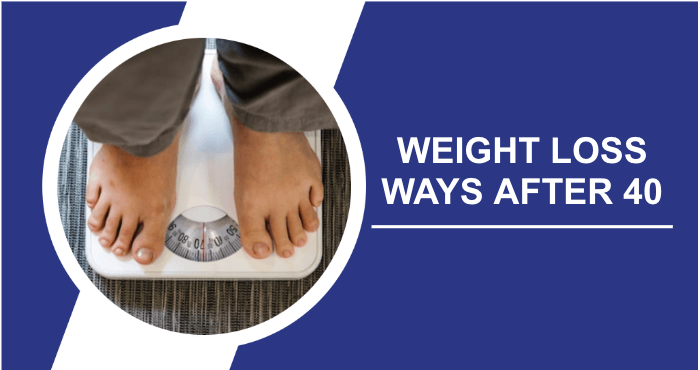There are many different types of milk on the market today, but which one is best for weight loss? Traditional dairy milk, to which many people are accustomed, is high in calories, fat, sugar and cholesterol. Let’s find out!
In addition, a significant portion of the population suffers from dairy allergies or lactose intolerance, making the consumption of dairy products inadvisable due to potential digestive problems and related health complications. Both dairy and soy milk are excluded from consideration due to their potential influence on unwanted hormonal fluctuations.
Plant-based milk offers a wide range of weight-loss benefits, although its nutritional profile can vary from brand to brand. The question arises: Is milk beneficial for weight loss at all, and if so, when is the optimal time to consume it? Let’s address these questions and explore seven nutritious alternatives to plant-based milk that can help you on your weight loss journey.
The most healthiest milk for weight loss
- Oat milk
- Macadamia milk
- Almond milk
- Pea milk
- Cashew milk
- Coconut milk
- Hemp milk
Why drink milk in general?
Many people enjoy drinking milk because it has a creamy and comforting taste that goes well with a variety of foods and beverages. Milk is also a good source of essential nutrients such as calcium and vitamin D, which are important for maintaining strong bones and overall health. Whether sipped cold from a glass or added to coffee, cereal or baked goods, milk’s versatility and nutritious qualities make it a popular beverage for people of all ages.
Is regular milk unhealthy?
Regular milk can be a nutritious part of a balanced diet for many people, providing essential nutrients such as calcium, protein and vitamin D. However, its healthiness depends on individual factors. Some people may be lactose intolerant or have dairy allergies, making regular milk unsuitable for them.
In addition, concerns have been raised about hormones and antibiotics used in conventional dairy farming. Choosing organic or plant-based dairy alternatives can address these concerns. Moderation is key, as overconsumption of any food can lead to health problems. Ultimately, whether or not regular milk is healthy depends on individual dietary preferences, tolerances and ethical considerations.
The best milk options for weight loss
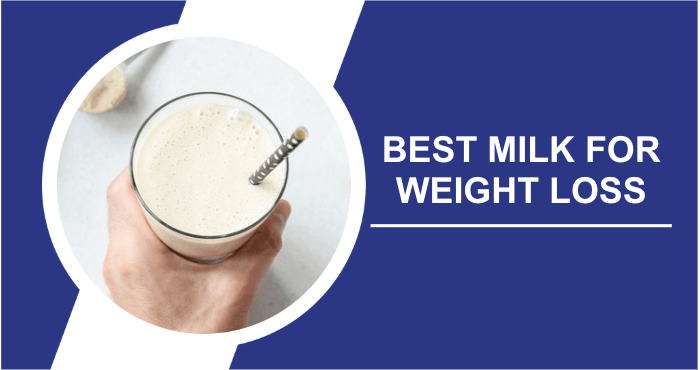
Plant-based milk options are rich in calcium and lower in fat and calories compared to full-fat dairy milk, making them a valuable addition to both weight management and maintaining strong bones.
It’s important to note that the milks included in this list are the “unsweetened” variety, and their labels should clearly indicate this feature. While certain options may not be suitable for those with nut allergies, there are others presented here that may meet your needs for a nutritious milk alternative.
Oat milk
Oat milk is a nutritious and delicious choice for people who enjoy the creamy texture of milk but prefer a plant-based option. Typically, this milk is fortified with a blend of essential vitamins and minerals, including calcium and vitamins D and B12, providing an extra dose of nutrients. While oat milk is higher in calories than many other milk alternatives, it is still lower in calories than dairy milk.
Most importantly, oat milk contains soluble fiber, which can help promote satiety, regulate the digestive system, nourish beneficial gut bacteria, and protect against heart disease. Research suggests that diets high in fiber may facilitate weight loss.
Macadamia milk
Macadamia milk stands out as a tasty nut-based milk alternative. It boasts a substantial calcium content, with one cup providing over 450 milligrams for only 50 calories. Remarkably, this milk contains no sugar and only one gram of carbohydrates, making it an excellent choice for those trying to lose excess weight.
Macadamia nuts themselves are low in fat and offer a number of health benefits, including reducing cholesterol levels and risk factors associated with cardiovascular disease. They are also a source of omega-7 fatty acids, a beneficial fat that animal studies suggest may reduce the risk of weight gain and help control blood sugar levels.
Almond milk
Almond milk is often considered one of the healthiest milk alternatives for individuals focused on weight loss, primarily due to its low fat content, with just 2.6 grams of fat per serving, most of which is healthy fat known to support weight management. Unsweetened almond milk is particularly low in fat and contains only one gram of carbohydrates per serving, making it a lower calorie choice than most other milks, with only 30 calories per cup.
In addition, almond milk is a source of fiber and protein. While it can be made at home, most commercial brands fortify it with essential nutrients such as calcium, iron, and vitamins D and B12, further enhancing its nutritional value.
Pea milk
Pea milk comes from yellow field peas and pea protein. Among the plant-based alternatives mentioned in this list, it has the highest protein content, providing nearly 8 grams per cup, which is 16% of the recommended daily protein intake.
Protein-rich diets have been associated with helping people achieve weight loss goals and promoting a longer-lasting feeling of fullness. In addition to its protein benefits, pea milk contains only one gram of carbohydrate and is particularly rich in iron, vitamin D and calcium. This makes it an attractive plant-based choice, especially for those with nut allergies.
Cashew milk
Cashew milk is derived from soaked cashew nuts and offers a blend of beneficial properties, including healthy fats, iron, potassium, and magnesium, which contribute to overall well-being. Among the milk alternatives featured in this list, cashew milk stands out as one of the top choices for weight loss, largely due to its lower calorie content compared to its counterparts.
The exact nutritional content may vary from brand to brand, but typically an 8-ounce cup of cashew milk contains approximately 25 calories, a significant contrast to the high calorie content of over 100 calories found in each cup of regular cow’s milk. Cashew milk is also a low-fat option, with just two grams of fat per cup.
Coconut milk
Coconut milk is one of the best plant-based options for consumption. Each cup of coconut milk has 45 calories and less than one gram of carbohydrates. While it does contain nearly five grams of fat, some of that fat is of the healthy monounsaturated variety, which is easier to digest and can stimulate thermogenesis, which leads to calorie burning.
A notable benefit of coconut milk is the presence of medium-chain triglycerides, known as MCTs, which offer a wide range of health benefits, including weight loss. MCTs have the potential to increase energy levels for exercise and reduce food cravings, making coconut milk a valuable choice for those pursuing weight management goals.
Hemp milk
Hemp milk, made from hemp seeds, has an earthy and nutty flavor profile. A typical serving contains approximately 80 calories and seven grams of fat. Notably, the fat content in hemp milk is primarily made up of healthy polyunsaturated fats, as well as essential amino acids and other nutrients. These nutritional components may improve your prospects for weight loss and muscle building compared to saturated fats.
In addition, hemp milk provides nearly five grams of protein per cup and only one gram of carbohydrates, making it an appealing choice for individuals following a low-carb diet. Beyond its potential for weight loss, this milk is an excellent option for those dealing with inflammation, as it contains omega-3 fatty acids. Additionally, the presence of arginine, a heart-healthy amino acid, in hemp milk may help lower blood pressure.
What other foods besides milk contain probiotics?
Probiotics, the beneficial bacteria that support gut health, can be found in many foods besides milk. Yogurt is perhaps the most well-known source, offering a delicious and creamy way to get your dose of probiotics. Fermented foods like sauerkraut, kimchi, kefir, and miso are also rich in these gut-friendly microorganisms.
Pickles made by lacto-fermentation, as well as certain cheeses like Gouda and Cheddar, also contain probiotics. For those looking for non-dairy options, kombucha, a fermented tea, and some plant-based yogurts made with live cultures can also be excellent choices for promoting a balanced and healthy gut microbiome.
Best time to drink milk for weight loss
If you want to enhance your weight loss efforts by consuming milk, the optimal time to drink it may be before meals, similar to how drinking water before meals can support weight loss goals. Enjoying a glass of milk before a meal can help you feel full and reduce your desire to consume larger amounts of food.
You can also opt for milk alternatives in the morning to stave off early hunger pangs and provide your stomach with something easily digestible. Alternatively, consider a bedtime snack accompanied by a glass of milk, which can satisfy your appetite with a low-calorie, nutrient-rich option. Regardless of the time of day, incorporating the right types of milk into your daily routine can be beneficial for weight management.
Where can I find good recipes with milk?
Great dairy recipes are easily accessible. Cookbooks, both in print and online, offer a wealth of ideas, from creamy soups to delicious desserts. You can also explore recipe websites and food blogs for easy-to-follow instructions and inventive milk-infused dishes. Social media platforms like Instagram and Pinterest are filled with food enthusiasts sharing their culinary creations and innovative milk-based recipes.
Don’t overlook cooking forums and community groups where you can exchange ideas and discover new milk-inspired delights. Whether it’s a comforting mac ‘n’ cheese or a delicious milkshake, there’s a world of milk-centric culinary delights waiting for you to explore.
Is milk good for weight loss?
Several types of milk, including those in the list above, offer health benefits that make them appropriate additions to a weight-loss diet. However, it’s important to note that certain types of milk may contain added cane sugar or other sweeteners, as well as potentially high levels of saturated fat, which may promote weight gain rather than weight loss.
The nutritional profile of each type of milk varies, underscoring the importance of reading the ingredient label to get a clear understanding of what you are consuming. Let’s explore ten reasons why dairy alternatives may be beneficial for weight loss.
- Several alternative milk options are fortified with vitamin D, and research shows that maintaining adequate levels of vitamin D and calcium can significantly improve fat mass reduction and the ability to lose stubborn belly fat compared to those with low calcium and vitamin D intake.
- Replacing long-chain triglycerides (LCTs), such as those found in regular cow’s milk, with medium-chain triglycerides (MCTs) may help you achieve your weight loss goals.
- If you’re on a ketogenic diet for weight loss, MCTs promote ketosis, which can increase fat burning.
- Coconut milk is naturally rich in medium-chain triglycerides (MCTs), making it potentially one of the most effective plant-based milks for promoting fat loss.
- Consuming MCTs can make you feel full and reduce food cravings, possibly due to their role in triggering the release of satiety hormones such as leptin.
- Fiber, as found in oat milk, can help control food intake by creating a sense of satiety, nourishing beneficial gut bacteria, and promoting weight loss.
- Many dairy brands fortify their products with vitamin B12, an essential nutrient for overall health that can help with weight loss. Research suggests a link between low levels of vitamin B12 and being overweight or obese.
- Milk alternatives such as hemp and almond milk are low in carbohydrates, making them ideal for low-carb diets. Studies suggest that low-carbohydrate diets are more effective for weight loss than low-fat diets.
- Plant-based milk is rich in calcium, and getting enough calcium can improve metabolism and potentially reduce obesity.
- In addition, research suggests that MCTs may improve the health of the gut microbiome and serve as an anti-obesity intervention.
Conclusion
Depending on your dietary preferences, plant-based milks such as hemp milk may be the optimal choice for weight loss. While these milk alternatives may not directly burn fat, they tend to be low in calories and carbohydrates while providing satiating nutrients to promote a feeling of fullness. Many brands fortify their plant-based milks with calcium and vitamin D to support bone health.
Drinking milk before a meal can help reduce your overall calorie intake. It’s a good idea to avoid milk varieties that contain added sugars and saturated fats, which can interfere with your weight loss efforts and possibly lead to weight gain. If you’re lactose intolerant, it’s best to avoid dairy products such as whole and low-fat milk, as digestive issues can interfere with a healthy weight loss journey.
Frequently asked questions
What is the role of milk in a weight loss diet?
Milk can be a valuable part of a weight loss diet by providing essential nutrients while helping to control calorie and carbohydrate intake. Some milk options may even provide benefits for effective weight management.
Do some dairy brands fortify their products with weight-loss-friendly nutrients?
Yes, many dairy brands fortify their products by adding nutrients such as calcium and vitamin D, which are beneficial for bone health. These fortifications can be a positive addition to a weight loss diet.
Is there a specific type of milk that’s best for weight loss?
Plant-based milk alternatives such as almond, hemp, and oat milk are often considered excellent choices for weight loss. They tend to be lower in calories and carbohydrates while promoting a feeling of fullness.
Are there any types of milk to avoid for weight loss?
It is recommended to avoid milk options that contain added sugars and saturated fats when trying to lose weight. In addition, individuals with lactose intolerance should avoid dairy products as they can interfere with digestion and hinder progress toward healthy weight loss.
Should I consult a nutritionist before choosing milk for weight loss?
Seeking the advice of a nutritionist or health professional may be beneficial in tailoring your milk choices and overall dietary plan to meet your specific weight loss goals and nutritional needs.
Resources
- Abrams, E.M., Kim, H., Gerdts, J., and Jennifer (2020). Milk allergy most burdensome in multi‐food allergic children. Pediatric Allergy and Immunology, 31(7), 827–834. doi: Read article
- Malekinejad, H., and Rezabakhsh, A. (2015). Hormones in Dairy Foods and Their Impact on Public Health – A Narrative Review Article. Iranian Journal of Public Health, 44(6), 742–758. Read article
- USDA.gov. (2022). FoodData Central. Read article
- Nutritionix.com. (2022). Nutritionix – Unsweetened Almond Milk. Read article
- Nutritionix.com. (2022). Nutritionix – Unsweetened Hemp Milk. Read article
- Fredrik Rosqvist, Iggman, D., Kullberg, J., Cedernaes, J., Johansson, H.-E., Larsson, A., Johansson, L., Håkan Ahlström, Arner, P., Dahlman, I., and Ulf Risérus (2014). Overfeeding Polyunsaturated and Saturated Fat Causes Distinct Effects on Liver and Visceral Fat Accumulation in Humans. Diabetes, 63(7), 2356–2368. doi: Read article
- Buckley, J.D., and Howe, P.R.C. (2010). Long-Chain Omega-3 Polyunsaturated Fatty Acids May Be Beneficial for Reducing Obesity—A Review. Nutrients, 2(12), 1212–1230. doi: Read article
- Abukhodair, A.W., Abukhudair, W., and Alqarni, M.S. (2021). The Effects of L-Arginine in Hypertensive Patients: A Literature Review. Cureus. doi: Read article
- Medlineplus.gov. (2020). Facts about monounsaturated fats: MedlinePlus Medical Encyclopedia. Read article
- Soares, M., Piers, L., Walker, K., and O’Dea, K. (2003). Is There a Role for Monounsaturated Fat in the Dietary Management of Obesity? Asia Pacific Journal of Public Health, 15(1_suppl), S18–S21. doi: Read article
